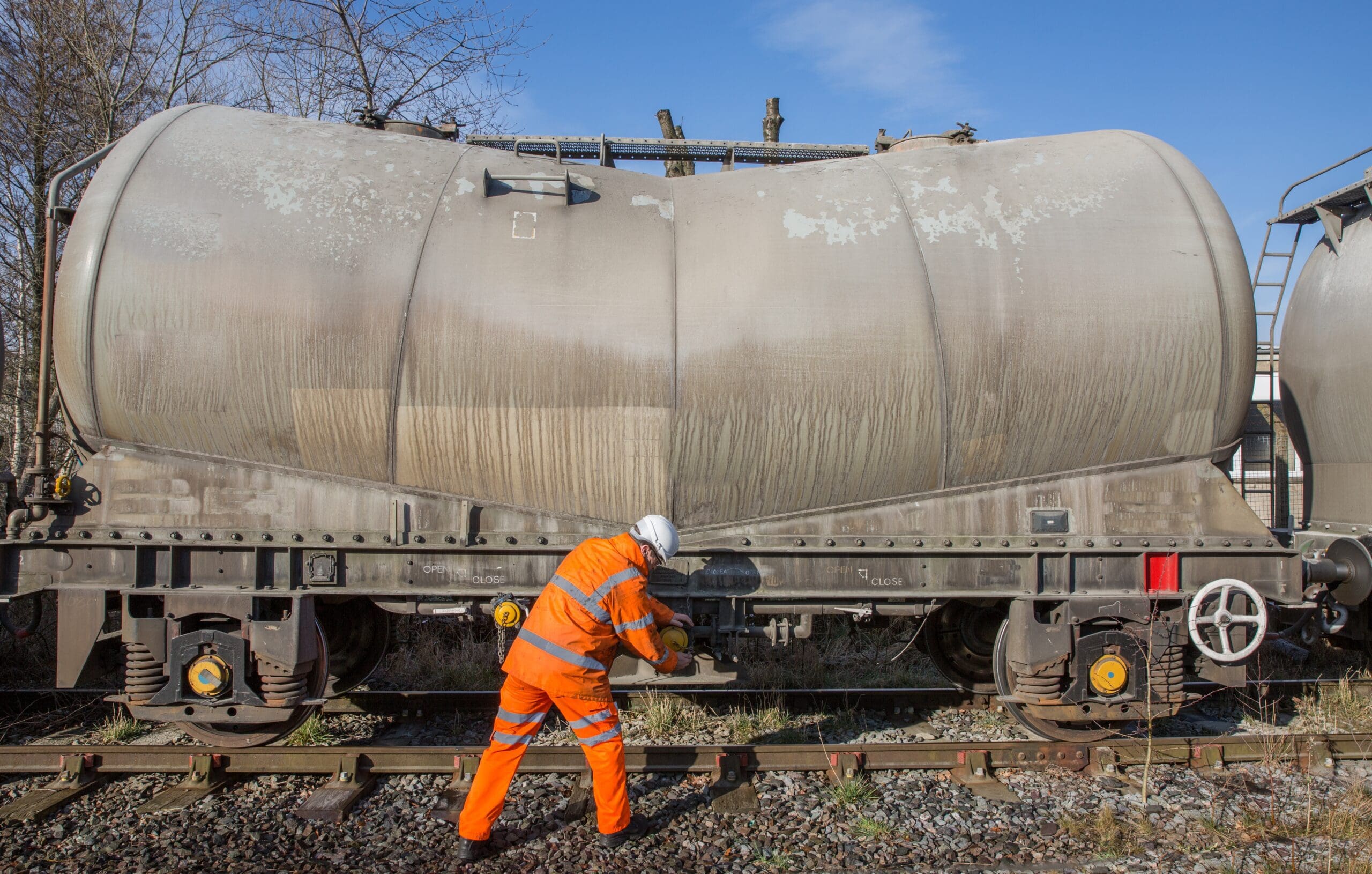A Step-By-Step Guide To Choosing Your Bladder Cancer Caused By Railroad How To Get A Settlement

Chronic Lymphocytic Leukemia Caused by Railroad Exposure
The exposure of railroad workers to butadiene and benzene aswell as diesel exhaust, pesticides and diesel exhaust may increase the chances of developing Chronic Lymphocytic Leukemia. These chemicals are all known carcinogens in the group one. Exposure to herbicides for long periods like creosote and herbicides has also been associated with CLL.
Benzene and Butadiene
Benzene, 1,3-butadiene, and other volatile organic compounds (VOCs) are released into the air through a variety of natural and human-made processes. They can be taken up through the skin and the lungs or inhaled directly. Both are known to be carcinogenic and have been proven to cause leukemias. They also destroy DNA and block cell growth. Both butadiene and benzene are part of a family of chemicals deemed to be Group One carcinogens by the International Agency for Research on Cancer (IARC).
Both benzene and butadiene can be found in diesel exhaust. Railroad workers are exposed to diesel exhaust on a daily basis while they maintain and operate trains. In addition, they are also exposed to benzene as well as butadiene when their train gets caught in flames and emits toxic smoke.
Both benzene and butadiene, can be degraded by oxygen or nitrogen in the atmosphere. This process is facilitated by the opening and closing of carbon-carbon bonds within the molecules. Temperature as well as moisture and light accelerate this chemistry. aml caused by railroad how to get a settlement of benzene is further increased by the presence of heavy metals and other contaminants. These reactions can lead to the creation of new molecules that are less harmful than the chemical originally. Inhalation is the most common method of exposure to benzene as well as Butadiene.
Diesel Exhaust
Diesel exhaust contains dozens of toxic chemicals. The most prominent of these is the diesel particulate matter (DPM). These small particles, smaller than 2.5 microns, are easily absorbed by the lungs and are highly soluble and can cause asthma, irritation and lung damage. Diesel exhaust can worsen heart and lung diseases.
pancreatic cancer caused by railroad how to get a settlement is also found in diesel exhaust. Benzene is a colorless gas which has a pleasant smell is a by-product of crude oil. It is also a constituent of numerous diesel fuels. The vapors that come from benzene-containing cleansers used in railroad shops expose railroad workers to benzene. Paints as well as adhesives, thinners and paints are all benzene-containing items that are used by railroad carmen, electricians, and locomotive mechanics to clean their equipment. They also dunk rags in benzene-containing solvents such as Safety-Kleen part washers to clean dirt and grime from their hands and tools.
DPM is a complex mixture of fine airborne particulates created by the combustion of diesel fuel inside an internal combustion engine. bladder cancer caused by railroad how to get a settlement for Research on Cancer (a division of World Health Organization) has discovered that DPM exposure can cause lung cancer and other adverse consequences. DPM is composed of carbon black, soot and metallic abrasion particles polycyclic hydrocarbons and other organic compounds, and metallic ash.

Asbestos
Asbest and other toxic substances are often linked to cancer or chronic illnesses in railroad workers. Mesothelioma lawsuits against railroad companies who exposed workers to carcinogens could help hold responsible companies accountable and help their former employees receive compensation.
aml caused by railroad how to get a settlement was widely used by railroad workers before it was banned in the 1970s, and many railway workers were exposed to the toxic substance while on the job. Asbestos was discovered in the boilers and pipes of trains, as an insulation around locomotives and cabooses, and also in other railroad infrastructures, such as coal as well as soot-covered track work.
Exposure to these chemicals has been linked to a range of cancers and other health issues, including mesothelioma and lung disease skin cancer, heart disease kidney cancer, non-Hodgkin's lymphoma. Many of these conditions are difficult to identify and treat. The result is high medical bills, diminished incomes, and less earning potential.
An attorney for mesothelioma can examine the history of a patient's exposure to chemicals to determine if they are eligible to bring an FELA suit. A lawsuit can be filed against a railroad in state or federal court. Victims can also file a mesothelioma suit against asbestos-containing manufacturers of products. FELA lawsuits are a bit more complicated and should be handled by an attorney with expertise in this area of law.
Pesticides
Pesticides are used to manage vegetation on railway tracks and rail crossings, and to stop fires. These chemicals can cause a range of health issues such as cancer, non-Hodgkin lymphoma and asthma, and neurologic disorders. The symptoms of a sudden exposure can include headaches dizziness, muscle twitching nausea and weakness. The long-term exposure may cause skin irritation, rashes and respiratory issues. The effects of exposure to pesticides could last for weeks, months or years.
Numerous studies have revealed that people who work in the railroad industry as conductors, brakemen or car men, as well as track workers, are at an increased risk of CLL. The risk increases with extent of exposure to pesticides. Recent research found that people who have agriculture as their primary job are at the highest risk. The chances of developing CLL were higher for those who had been exposed to pesticides in all three groups of application (OR1-SD increase = 1.16 95 percent CI = 1.03 to 1.59) over those who had not been exposed to pesticides. This study confirms earlier research linking CLL to farming and other occupational exposures.
